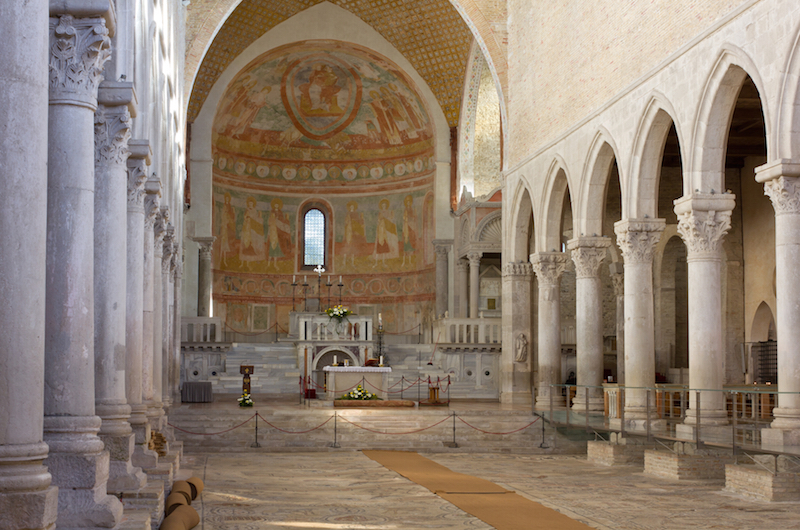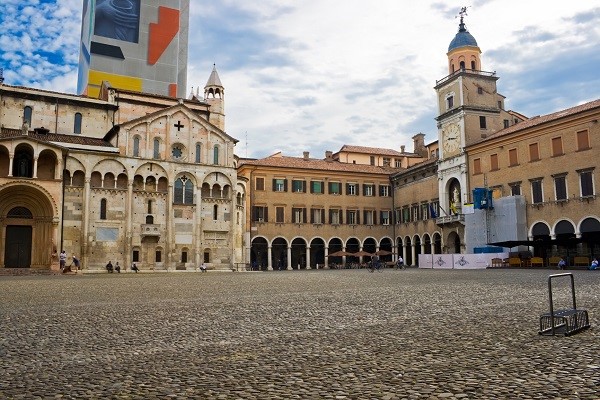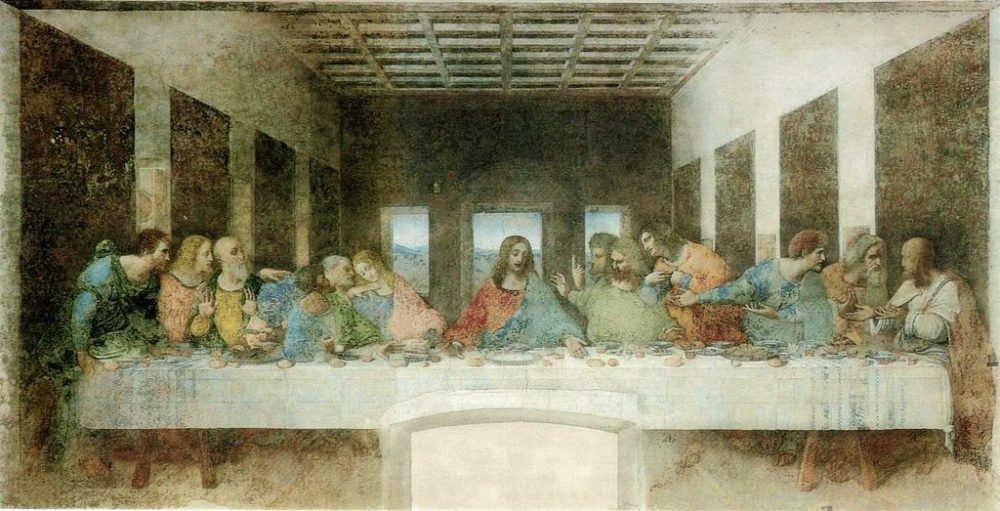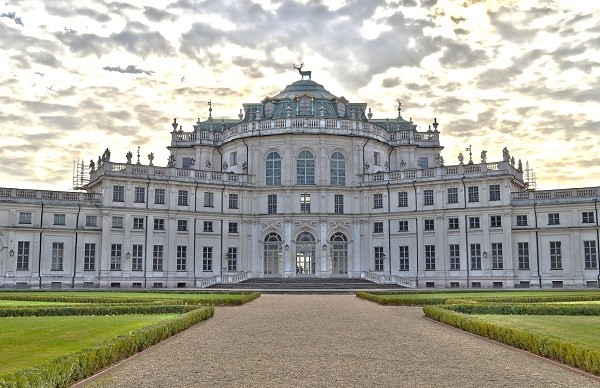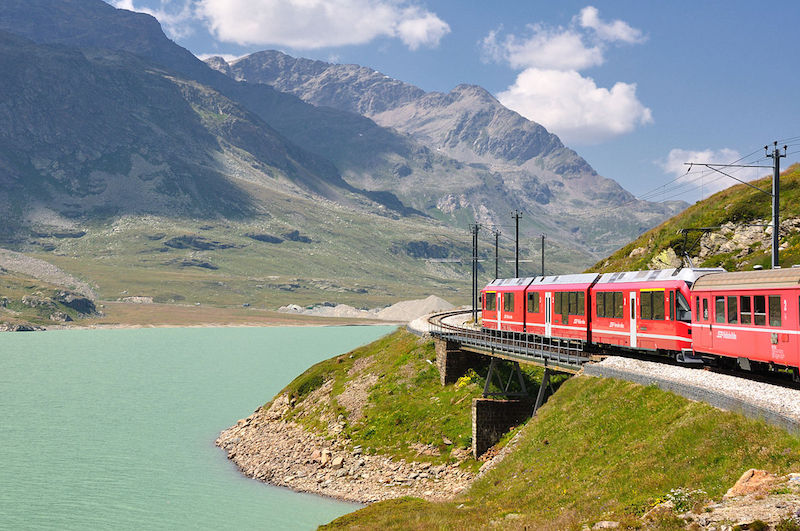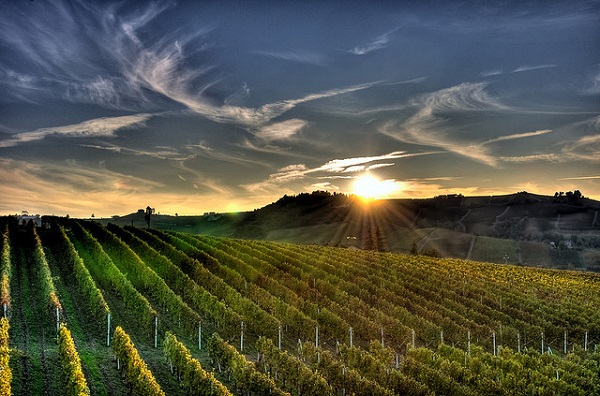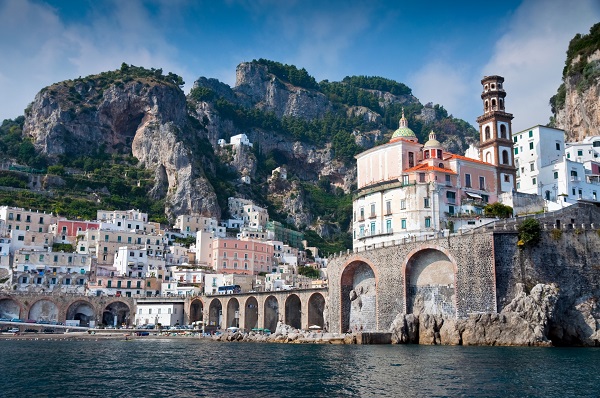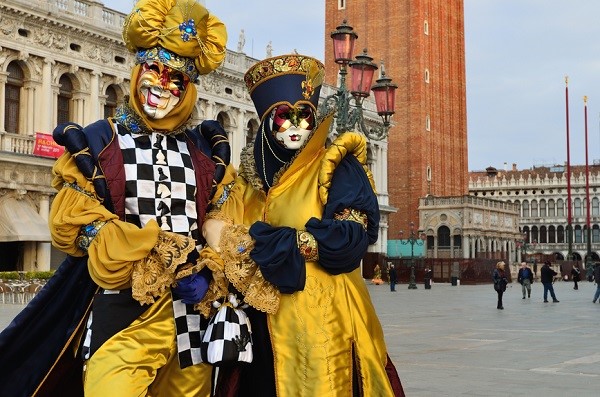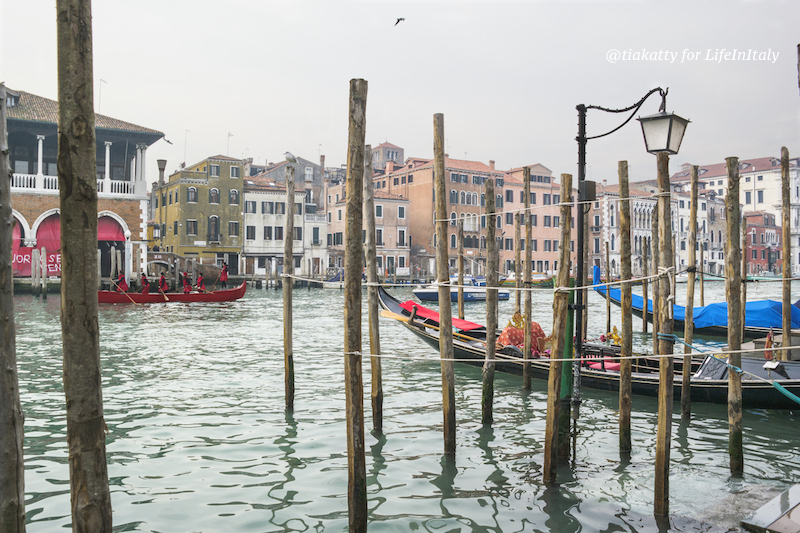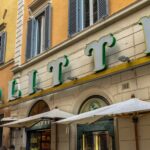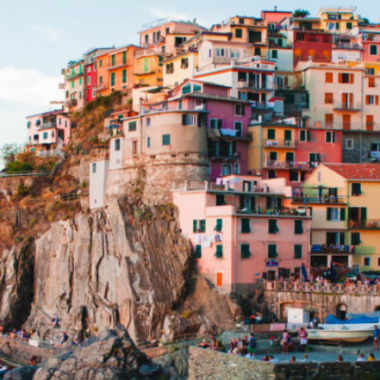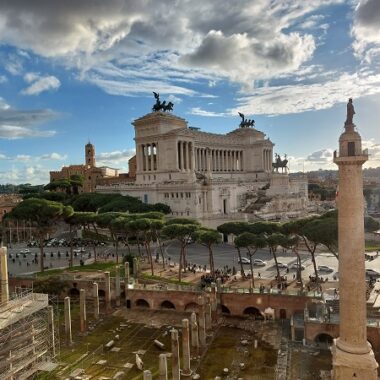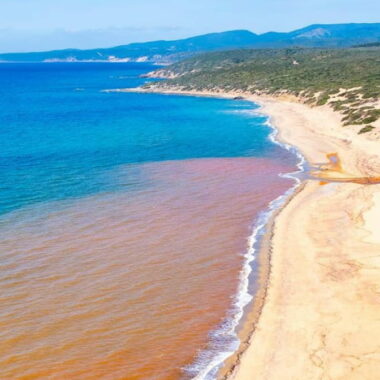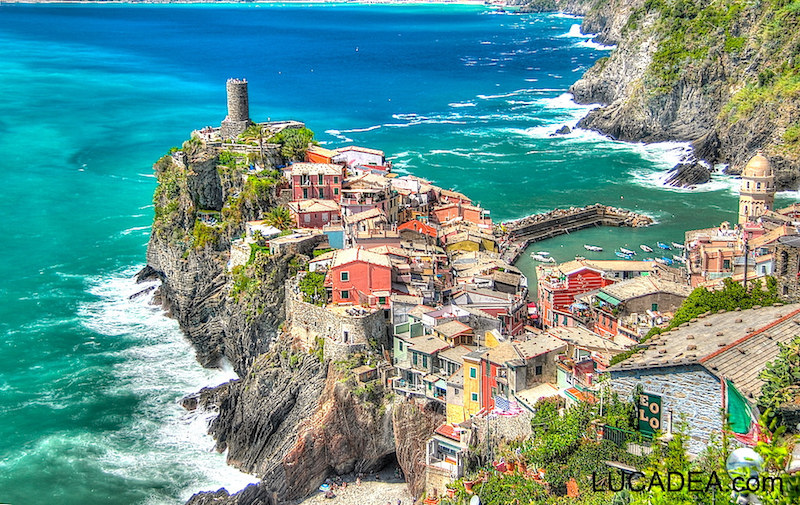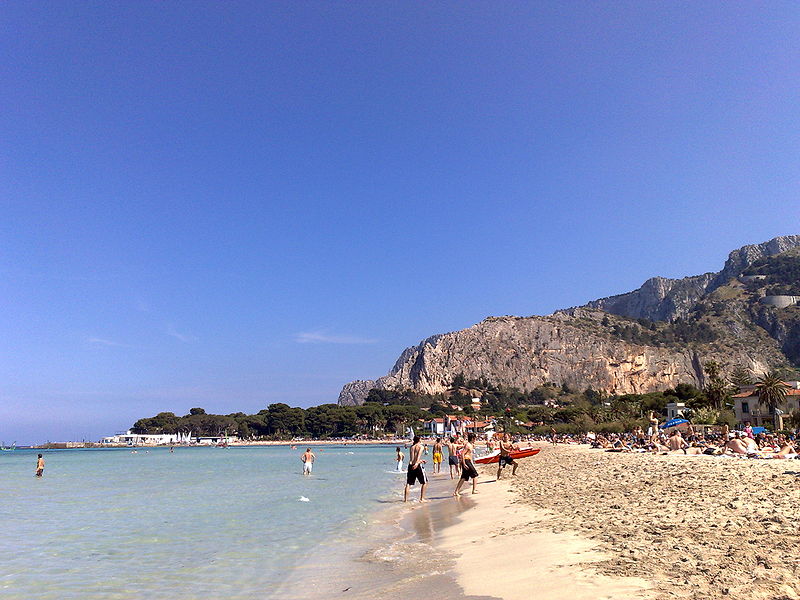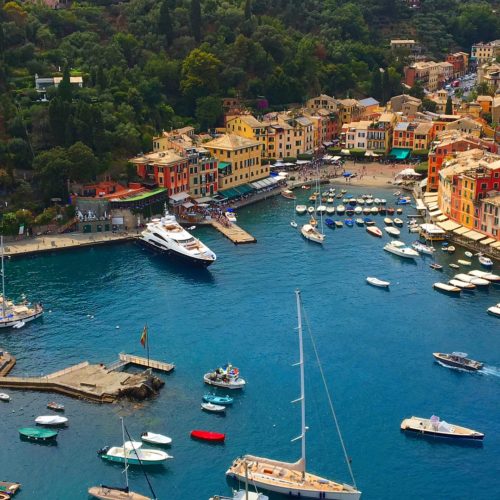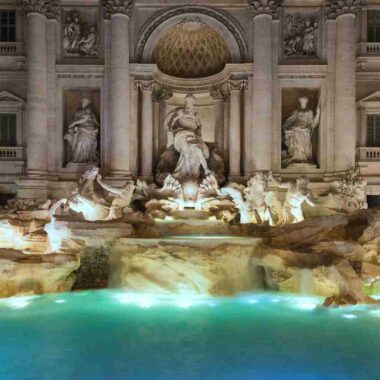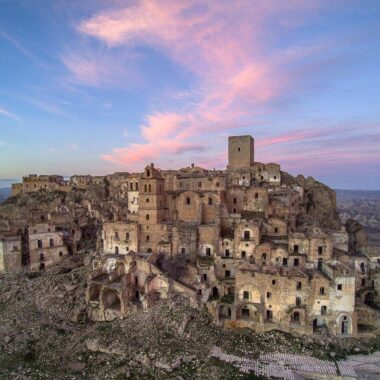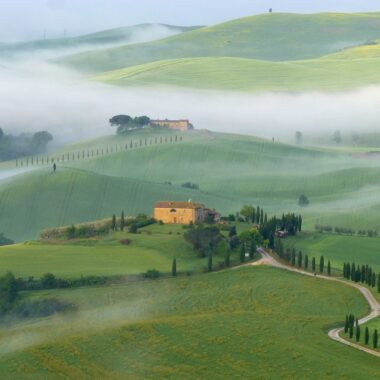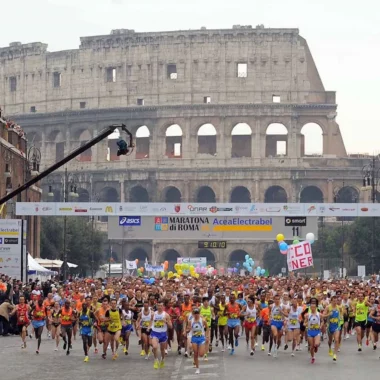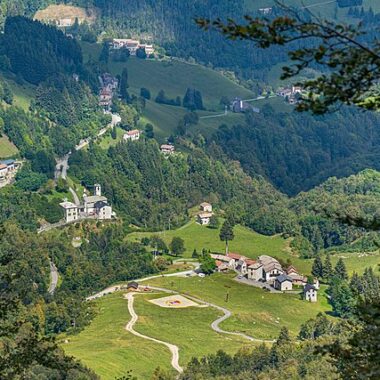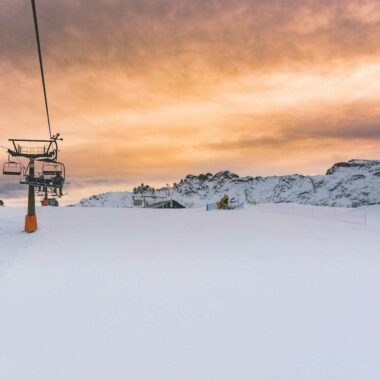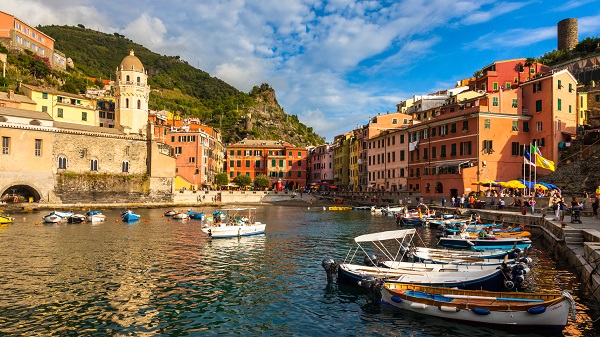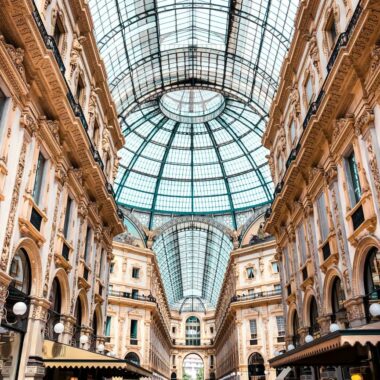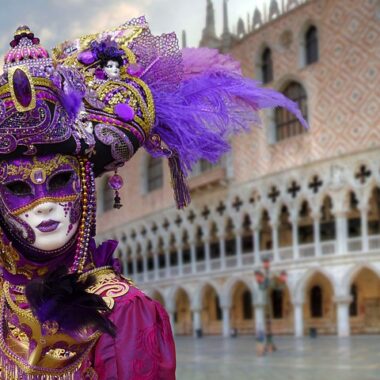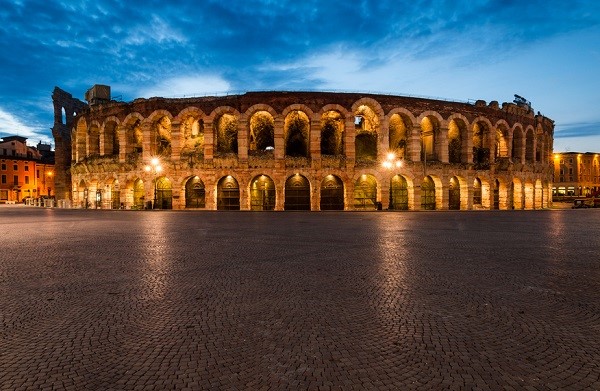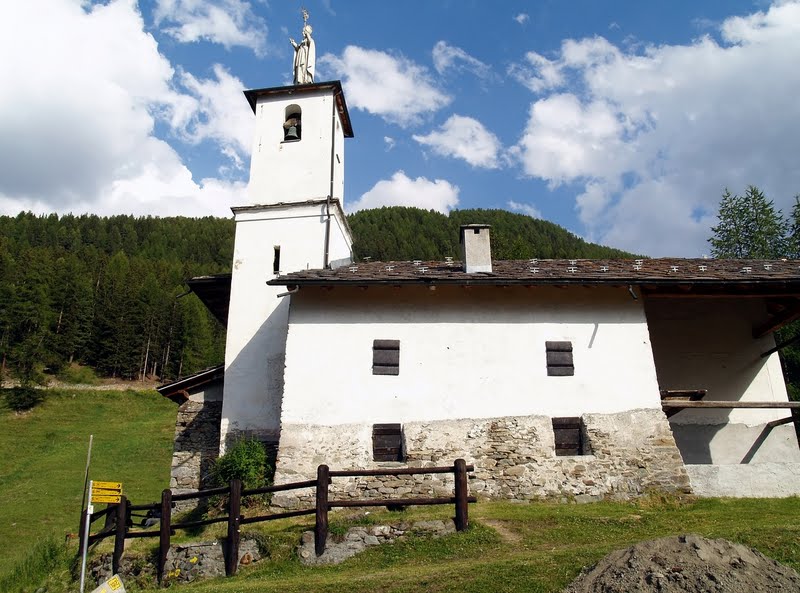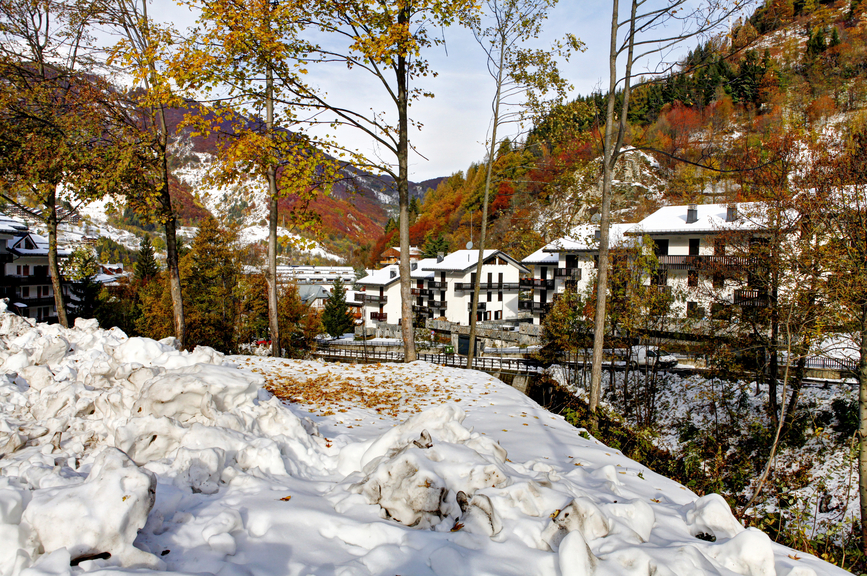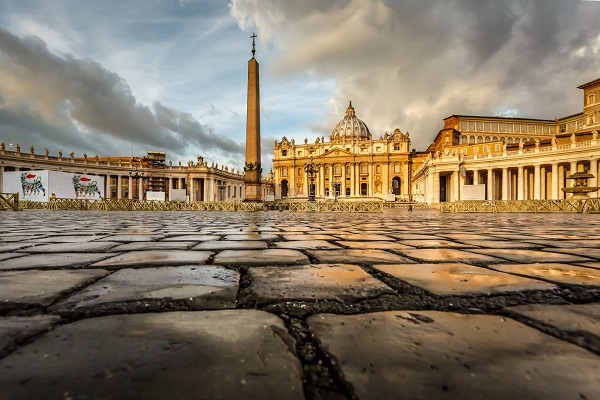Continuing from part I.
Not only towns and cities, but also archaeological sites and other places of great interest have become part of the UNESCO World Heritage in the north of Italy. Here is the list of those you can visit.
Archaeological Area and the Patriarchal Basilica of Aquileia
This area is situated in the northern region of Friuli Venezia Giulia and great part of it is still intact and unexcavated. This makes it even more precious, as it represents one of the most complete and untouched witnesses to the presence of an Early Roman city in the Mediterranean.
The Patriarchal Basilica is both artistically and historically important: its mosaic floors are unique and incredibly well preserved, but it is the specific role of this church in the diffusion and development of Christianity into central Europe in the Middle Ages that has been considered the main criterion to include this particular site in the UNESCO list.
Cathedral, Torre Civica and Piazza Grande, Modena
Modena’s 12th century cathedral is a great example of Romanesque art. Two artists contributed to its creation, Lanfranco and Wiligelmus, who balanced a perfect combination between Romanesque architecture and sculpture, blending religious and civic values. For these reasons, the cathedral, with its piazza and torre, are considered part of the UNESCO World’ s Heritage.
Church and Dominican Convent of Santa Maria delle Grazie with the “Last Supper” by Leonardo da Vinci (Milan)
Both Leonardo’s “Last Supper“ and the building complex that hosts it are part of the UNESCO World Heritage. Leonardo da Vinci painted his masterpiece between 1495 and 1497. It represents the moment during Christ’s last supper with his apostles when He announces one among them will betray him. The Apostles are caught in their reactions, with particular attention given to their expressions and movements, an unforgettable result achieved by a perfect use of light and perspective.
Orto Botanico, Padua
The Botanical garden in Padua was the first one to be created in the world. The original architecture, dating back to 1545, is still intact, but several additions were made in the course of time. Considered to be, also in name of its ties with Padua’s notorious university, a symbol of the birth of science and originality, it held a key role in the development of several scientific disciplines. For these reasons, he was included in the list.
Prehistoric Pile dwellings around the Alps
The Prehistoric Pile dwellings on the Alps, are considered the greatest archeological example of settlements built from around 5000 to 500 B.C. near lakes. They are representative of prehistoric communities in the area, and represent an incomparable source of study for early agrarian societies in Europe. This area is part of the UNESCO World Heritage in name of its preservation state and the fact that no ohter Neolithic and Bronze Age site so strictly related with the development of society has been kept in time as well as these 111 individual sites.
Residences of the Royal House of Savoia
The residences of the Duke of Savoia, Emmanuel-Philibert, are situated in the area of Turin, where the capital of the Kingdom of Sardinia was moved to in 1562. He started to create several complexes and buildings relying on the best architects of the period. They are considered excellent dwellings of European monumental architecture in 17th and 18th centuries and proof of the power of absolute monarchy over the city. Under the Savoia, Italy was to be unified in 1861 and Turin remained capital to the newly born Kingdom of Italy until 1865.
Rhaetian Railway in the Albula / Bernina Landscapes
The Rhaetian Railway of Albula/Bernina is the result of the union of two historic railway lines: the 67 km Albula line and the 61 km Bernina line. It is considered an outstanding example of architectural and technical railway, gathering 42 tunnels and 144 viaducts and bridges, and an efficient proof of how to deal with the problem of isolation in the area of the Alps and, in general, in places where altitudes could potentially represent an obstacle.
Rock Drawings in Valcamonica
Located in the Italian region of Lombardy, Valcamonica keeps one of the most important collections of figures and symbols carved in rock of the entire world. The engravings are linked to the fields of dance, war and navigation and they represent the creativity of people who lived more than 8000 years ago. They have provided study material for disciplines as varied as history and sociology, ethnology and anthropology.
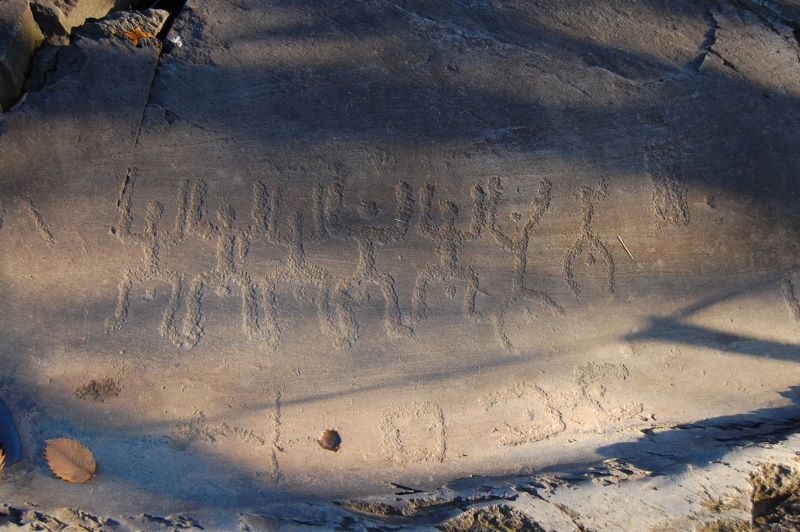
Sacri Monti of Piedmont and Lombardy
These beautiful buildings pepper the Alpine area comprised between Piedmont and Lombardy. The nine Sacri Monti, Sacred Mountains, represent an important part of Europe’s sacred architecture, set in beautiful landscapes. The Sacred Mountains include groups of chapels and sacred art dating back to the 16th and 17th centuries built in honor of the Christian faith and keeping important paintings and artistic works.
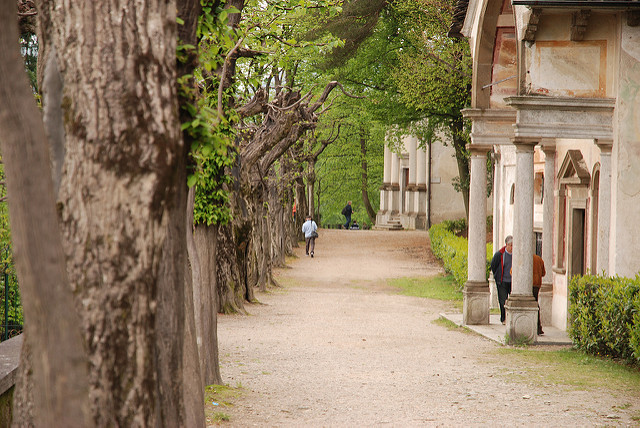
Vineyard Landscape of Piedmont: Langhe-Roero and Monferrato
This area has a great heritage in both wine making and food. The vineyards are set in a natural landscape in the northern region of Piedmont: their characteristic scenery, created by the patterns and colors of vineyards-covered hills, has been keeping company to the people of the area since the 5th century BC, when the place was a point of contact between two different cultures: the Etruscans and the Celts.
Author: Anna De Filippo
See also:
Unesco World Heritage Sites in the South of Italy
Unesco World Heritage Sites in the Centre of Italy
Unesco World Heritage Sites in the North of Italy part One


